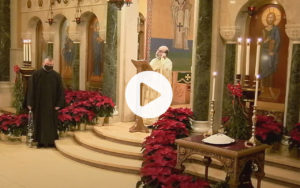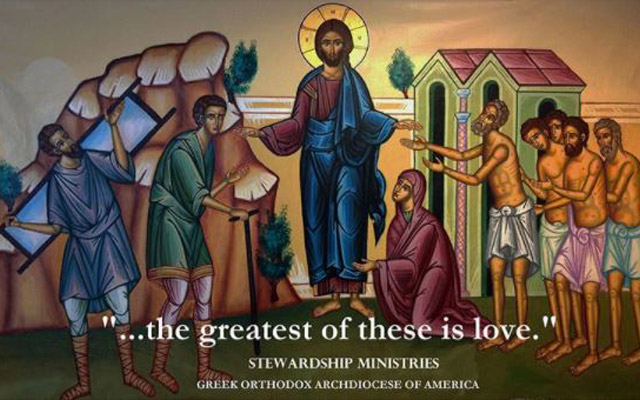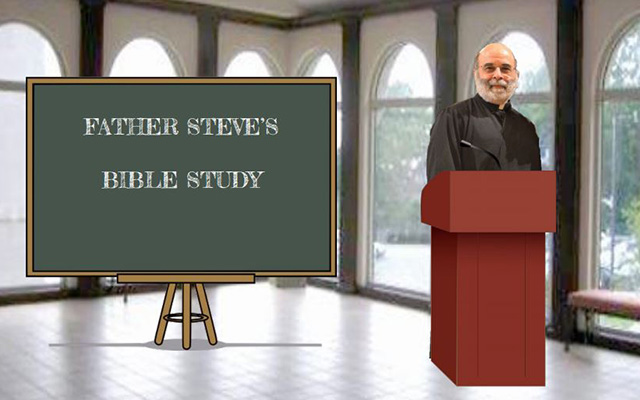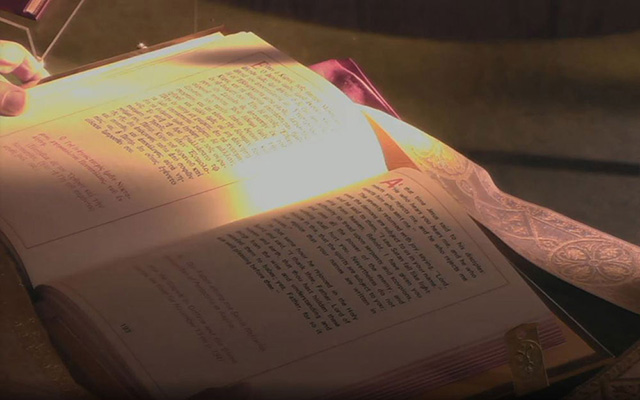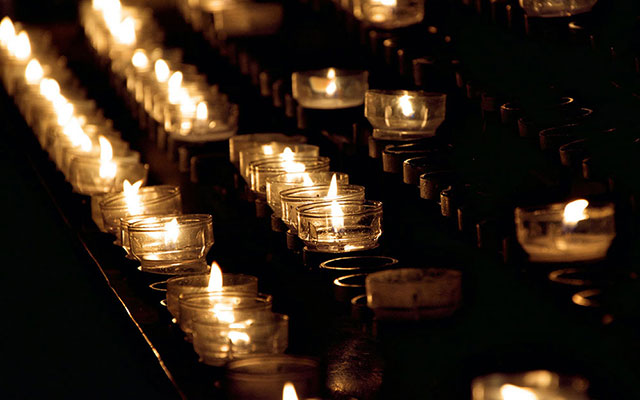The Third Thursday of Pascha. St. Melito and Pascha – Hell Is Not the Last Word
ΧΡΙΣΤΟΣ ΑΝΕΣΤΗ! CHRIST IS RISEN! ~By Stephen Freeman, April 29, 2025 Among the most powerful meditations on Pascha are the writings of Melito of Sardis (ca. 190 AD). His homily, On Pascha, is both a work of genius as poetry and a powerful work of theology. Its subject is the Lord’s Pascha – particularly as an interpretation of the Old Testament. It is a common example of early Church thought on Scripture and the Lord’s Pascha. I


